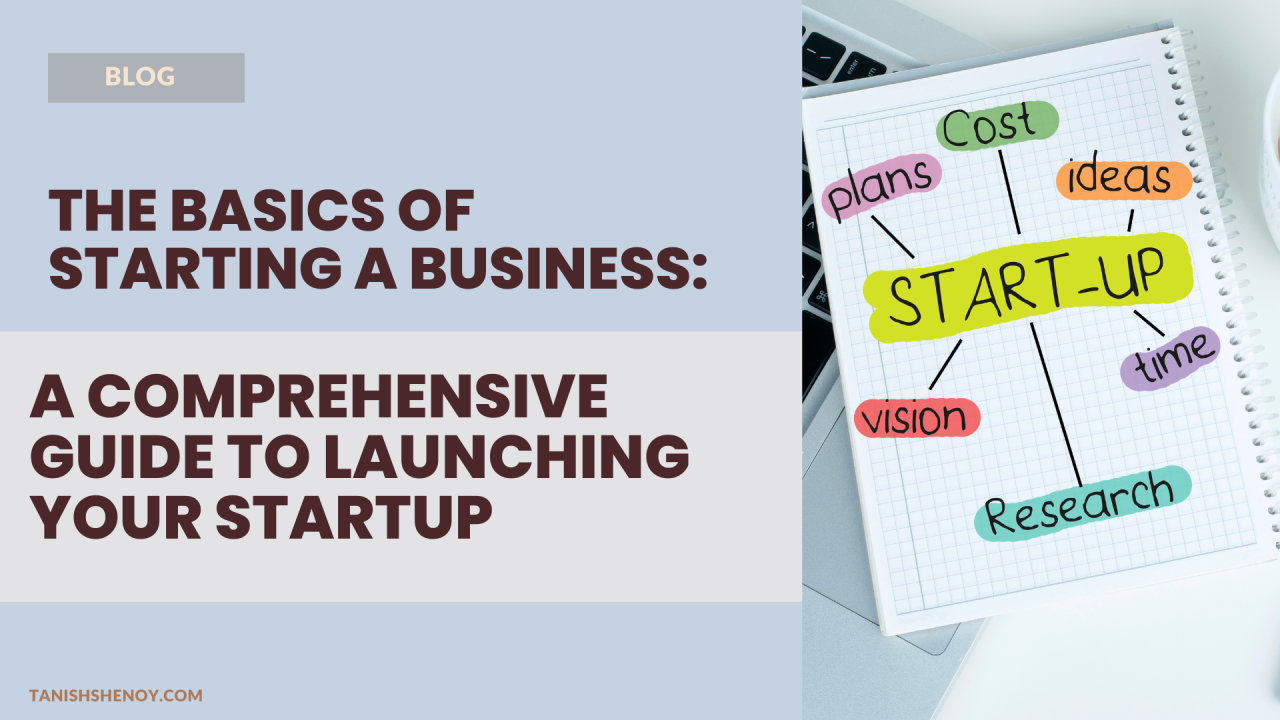Starting a business is a journey of passion, resilience, and innovation. Whether you’re looking to pursue a lifelong dream or capitalize on a unique idea, the process of launching a business requires careful planning, strategy, and execution. In this article, we’ll cover the essential steps to start a business, provide actionable tips for success, and discuss the challenges that entrepreneurs often face.
Why Start a Business?
The reasons for starting a business vary widely, but they often include:
- Financial Independence: Many entrepreneurs aspire to create a steady income or wealth by running their own company.
- Pursuing Passion: Turning a hobby, talent, or passion into a career can lead to a more fulfilling life.
- Solving Problems: Businesses often emerge as solutions to everyday challenges, offering products or services that improve people’s lives.
- Flexibility and Control: Running your own business gives you autonomy over your time, decisions, and goals.
While the motivations are personal, the rewards of entrepreneurship can be immense—provided the business is well-planned and executed.
Step-by-Step Guide to Starting a Business
1. Find Your Business Idea
Every business starts with an idea. To identify a viable business concept:
- Solve a Problem: Look for challenges in your community or industry that need solutions.
- Leverage Your Skills: Turn your expertise, hobbies, or talents into a business opportunity.
- Research Trends: Explore market trends to identify opportunities in growing industries like technology, sustainability, or wellness.
Example Ideas:
- Launching an e-commerce store for handmade goods
- Developing a mobile app for personal finance management
- Starting a local food truck business
2. Conduct Market Research
Before investing time and resources, assess whether your idea has a market. Answer key questions like:
- Who is your target audience?
- What are your competitors offering?
- What makes your product/service unique?
Methods of Market Research:
- Surveys: Gather insights from potential customers through online or in-person surveys.
- Focus Groups: Test your idea with small groups of people.
- Competitor Analysis: Study similar businesses to identify gaps you can fill.
Market research helps validate your idea and gives you a deeper understanding of your potential customers’ needs.
3. Create a Business Plan
A business plan acts as a roadmap, outlining your goals, strategies, and operations. Key elements include:
1. Executive Summary
A brief overview of your business, its mission, and the value it provides.
2. Market Analysis
Insights into your target market, industry trends, and competitive landscape.
3. Products or Services
Details about what you’re offering and how it stands out.
4. Marketing and Sales Strategies
Plans for promoting your business and reaching customers.
5. Financial Projections
Estimates of revenue, expenses, and profit for the next 1-3 years.
Having a detailed business plan is also essential if you’re seeking funding from investors or banks.
4. Choose a Legal Structure
Your business structure determines your legal responsibilities, taxes, and how profits are distributed. Common options include:
- Sole Proprietorship: Simple and cost-effective but offers no separation between personal and business liability.
- Partnership: Ideal for businesses with multiple owners. Profits and responsibilities are shared.
- Limited Liability Company (LLC): Provides personal liability protection and tax benefits.
- Corporation: Suitable for larger businesses, with complex legal requirements.
Consulting with a legal or tax professional can help you make the best decision.
5. Register Your Business and Obtain Licenses
Once you’ve chosen a structure, register your business with your local or national government. Steps may include:
- Choosing a Business Name: Ensure it’s unique and available for use.
- Getting an Employer Identification Number (EIN): Required for tax purposes in many countries.
- Applying for Permits: Depending on your industry, you may need specific licenses, such as health permits or zoning approvals.
6. Set Up Your Finances
Financial organization is crucial for any business. Steps include:
- Opening a Business Bank Account: Keep personal and business finances separate.
- Setting Up Accounting Systems: Use software like QuickBooks or Xero to track income and expenses.
- Estimating Startup Costs: Calculate initial investments, such as equipment, marketing, and office space.
- Securing Funding: Options include:
- Personal savings
- Small business loans
- Venture capital
- Crowdfunding
7. Develop a Brand
Your brand represents your business’s identity and helps you connect with customers. Components include:
- Logo: A visually appealing logo that reflects your business values.
- Website: A professional, user-friendly website is essential for credibility.
- Social Media: Establish a presence on platforms where your target audience is active.
- Messaging: Consistent language and tone that convey your business’s mission and personality.
8. Launch and Market Your Business
Once the groundwork is in place, it’s time to launch your business. Effective marketing strategies include:
- Social Media Marketing: Use platforms like Instagram, Facebook, or LinkedIn to promote your brand.
- Search Engine Optimization (SEO): Optimize your website to rank higher in search engine results.
- Email Marketing: Build a list of potential customers and keep them engaged with newsletters and promotions.
- Collaborations: Partner with influencers or other businesses to expand your reach.
Challenges and How to Overcome Them
1. Financial Constraints
Startup costs can be daunting, but careful budgeting and exploring funding options like grants or loans can ease the burden.
2. Lack of Experience
If you’re new to entrepreneurship, seek mentorship or enroll in business courses to develop your skills.
3. Competition
Standing out in a crowded market requires innovation and exceptional customer service.
4. Time Management
Balancing the demands of running a business can be overwhelming. Tools like Trello or Asana can help organize tasks and prioritize effectively.
Tips for Long-Term Success
- Focus on Customer Feedback: Continuously improve your product or service based on customer input.
- Stay Adaptable: Be willing to pivot your strategy if market conditions change.
- Invest in Your Team: If you hire employees, ensure they align with your business values and goals.
- Measure Performance: Use metrics like revenue growth, customer retention, and online engagement to track progress.
Conclusion
Starting a business is both an exciting and challenging endeavor. By carefully planning your steps, conducting thorough research, and maintaining resilience in the face of obstacles, you can turn your entrepreneurial vision into reality.
Remember, every successful business began with a single idea and the determination to see it through. Whether you’re creating a small local shop or a scalable online platform, the potential rewards—both financial and personal—make the journey worthwhile.
So, take the first step today, and begin building the business of your dreams!

